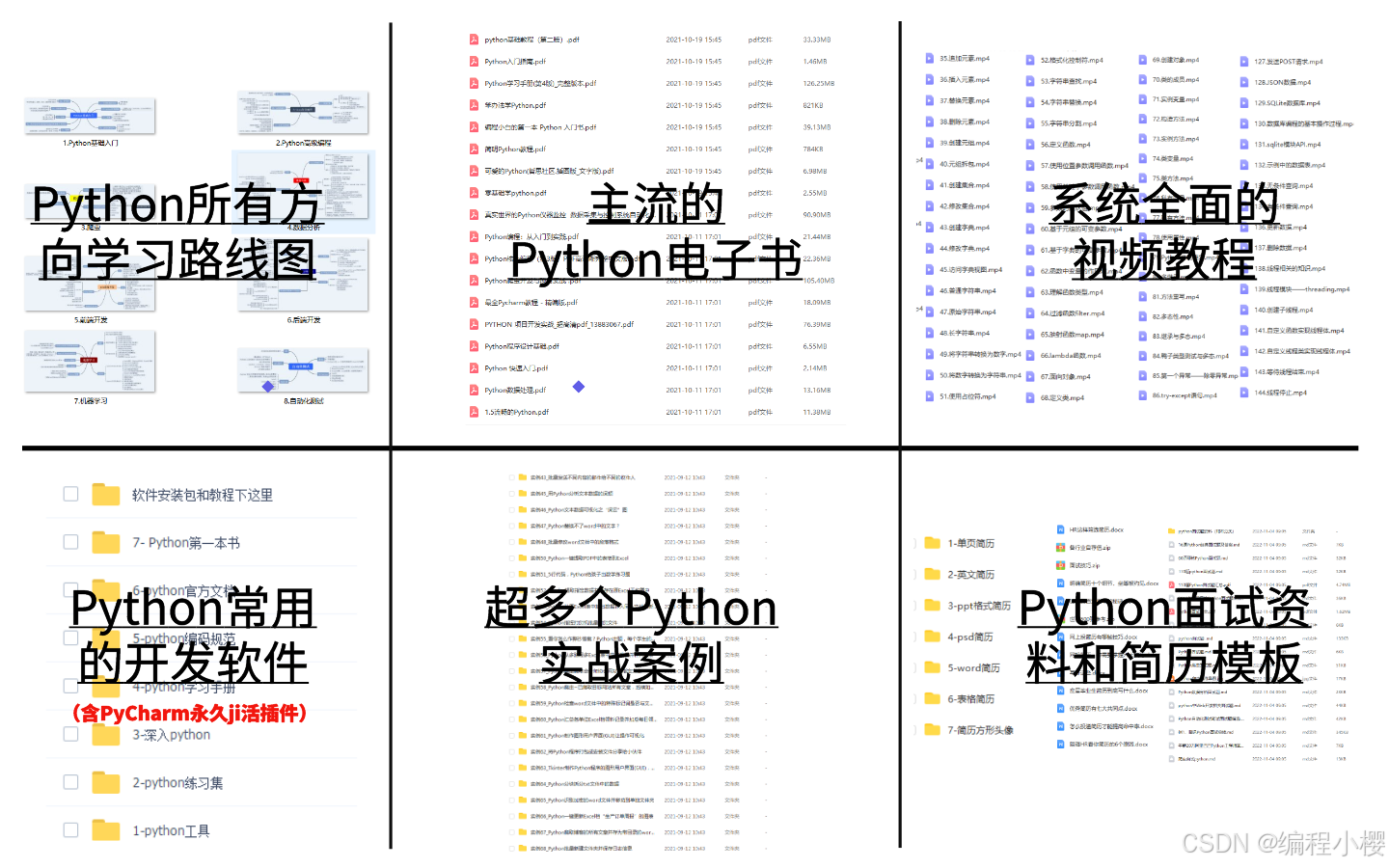Python在人工智能领域的应用非常广泛,涵盖了机器学习、深度学习、自然语言处理、计算机视觉等多个子领域。我将为你概述几个关键应用,并给出每个应用的一个简单示例代码片段。
1. 机器学习
示例:使用scikit-learn库进行简单的线性回归
from sklearn.model_selection import train_test_split
from sklearn.linear_model import LinearRegression
import numpy as np
# 示例数据
X = np.array([[1], [2], [3], [4], [5]]) # 特征
y = np.array([1, 2, 3, 4, 5]) # 目标变量
# 划分训练集和测试集
X_train, X_test, y_train, y_test = train_test_split(X, y, test_size=0.2, random_state=42)
# 创建线性回归模型
model = LinearRegression()
# 训练模型
model.fit(X_train, y_train)
# 预测测试集
predictions = model.predict(X_test)
# 打印预测结果
print("Predictions:", predictions)2. 深度学习
示例:使用TensorFlow和Keras构建简单的神经网络进行手写数字识别(MNIST数据集)
from tensorflow.keras.models import Sequential
from tensorflow.keras.layers import Dense, Flatten
from tensorflow.keras.datasets import mnist
from tensorflow.keras.utils import to_categorical
# 加载MNIST数据集
(train_images, train_labels), (test_images, test_labels) = mnist.load_data()
# 数据预处理
train_images = train_images.reshape((60000, 28, 28, 1)).astype('float32') / 255
test_images = test_images.reshape((10000, 28, 28, 1)).astype('float32') / 255
train_labels = to_categorical(train_labels)
test_labels = to_categorical(test_labels)
# 构建模型
model = Sequential([
Flatten(input_shape=(28, 28, 1)),
Dense(128, activation='relu'),
Dense(10, activation='softmax')
])
# 编译模型
model.compile(optimizer='adam',
loss='categorical_crossentropy',
metrics=['accuracy'])
# 训练模型(这里省略了实际训练过程)
# model.fit(train_images, train_labels, epochs=5, batch_size=64)
# 评估模型(假设模型已经训练好)
# test_loss, test_acc = model.evaluate(test_images, test_labels)
# print('Test accuracy:', test_acc)3. 自然语言处理(NLP)
示例:使用NLTK库进行文本分词
import nltk
nltk.download('punkt')
from nltk.tokenize import word_tokenize
# 示例文本
text = "Hello, world! This is a simple example of text tokenization."
# 分词
tokens = word_tokenize(text)
# 打印分词结果
print(tokens)4. 计算机视觉
示例:使用OpenCV库读取和显示图像
import cv2
# 读取图像
image = cv2.imread('path_to_your_image.jpg')
# 显示图像
cv2.imshow('Image', image)
cv2.waitKey(0) # 等待按键
cv2.destroyAllWindows() # 关闭所有窗口最后,如果你也想自学Python,可以关注我。我会把踩过的坑分享给你,让你不要踩坑,提高学习速度,还整理出了一套系统的学习路线,这套资料涵盖了诸多学习内容:开发工具,基础视频教程,项目实战源码,51本电子书籍,100道练习题等。相信可以帮助大家在最短的时间内,能达到事半功倍效果,用来复习也是非常不错的。
